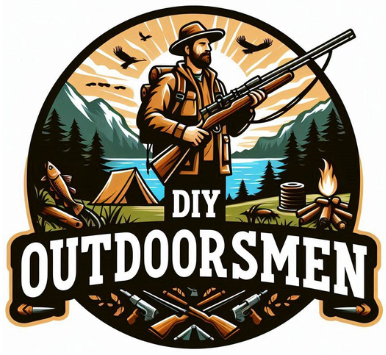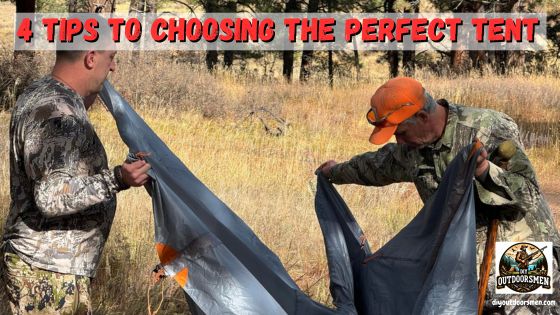Contents
Choosing a tent for camping isn’t just about finding a place to sleep. It’s about picking your home away from home; the shelter that will shape your outdoor experience. With the right tent, you can ensure comfort, safety, and enjoyment, regardless of where your adventures take you or what nature throws your way.
Tents come in shapes and sizes as diverse as the campers who use them. The task at hand isn’t just to select a tent but to find the one that fits your specific needs like a glove. Whether you’re a solo backpacker, a family of campers, or an expedition leader, each detail from the tent’s fabric to its shape plays a part in your overall camping experience.
I’ll guide you through what to consider when choosing a tent for camping, including understanding different tent types, sizing, seasonal suitability, and key features. By the end of this article, you’ll have all the knowledge you need to make the right choice for your next outdoor escape.
Understanding Different Tent Types and Their Purposes
When I search for the right tent, I always start by exploring the vast array of options available. Each type of tent, from dome to tunnel, is designed with specific environments and usages in mind. Here’s a straightforward look at the most prevalent tent styles you’ll encounter.
- Dome tents, recognizable by their curved pole structure, are among the most popular choices. They’re sturdy against wind and rain, thanks to their shape, and often feature a simple setup process. Ideal for weekend campers, they can range from compact to spacious.
- A-frame tents are the traditional triangular shelters that have been a staple of camping for years. They’re lightweight and easy to pitch, which makes them a prime choice for backpackers. However, their sloping walls can limit headroom.
- Tunnel tents have a series of hoops creating a tunnel-like space. They offer exceptional headroom and living space, and generally perform well in winds when pitched correctly. They’re suited for family camping, but their larger footprint might be challenging for solo treks.
- Geodesic tents are the all-stars when it comes to stability. With poles that cross multiple times, they create a strong framework able to withstand harsh conditions, making them a go-to for adventurous campers facing extreme weather.
- Other varieties include pop-up tents which are incredibly easy to set up but lack the robustness of their peers, cabin-style tents which offer standing height comfort but can be quite heavy, and rooftop tents which attach to car roofs, freeing up ground space.
Understanding these differences will inform the type of tent you’ll lean towards based on your camping style, the environments you plan to brave, and the level of convenience you desire. Remember, the right tent acts as your home away from home, so choose wisely.
Selecting the Right Tent Size and Capacity
I know how tempting it can be to go for the biggest tent on the market, imagining spacious nights under the stars. But when it comes to tents, size isn’t just about square footage; it’s about balance. The right size tent strikes a perfect equilibrium between the space you need and the portability you want.
- Consider your group size. If you’re a solo adventurer, a one-person tent is compact and easy to carry. For families, larger tents with room dividers offer privacy and communal spaces. Remember, the number provided by manufacturers is often snug; it accounts for sleepers side by side with no extra space for gear.
- Speaking of gear, think about storage. Are you bringing enough equipment to warrant a larger vestibule or storage pockets? These additions can make life easier but also add to the tent’s weight and size when packed.
- You should also consider the peak height and floor dimensions, particularly if you’re taller or like to stand up to dress. A cabin-style tent may be preferable to a dome-style tent for higher vertical space, whereas a dome is more efficient in wind resistance and warmth retention.
- Don’t forget transport. You’ll be carrying this tent to and from your campsite, so consider how you’ll do this. Backpackers need lightweight, compact options, whereas car campers might afford to go a bit bigger since they don’t have to carry the tent over long distances.
Ultimately, when choosing a tent for camping, the tent size you choose must fit your specific needs regarding comfort, the number of campers, and the type of camping trip you’re embarking on. Once you’ve pinned down the right capacity, you’ll be better prepared for whatever nature throws your way in terms of weather.
Consider Seasonality and Weather Resistance when Choosing a Tent for Camping
When I pick a tent, I pay close attention to the season ratings. These aren’t just numbers; they’re a guide to help me know if my shelter will stand strong against Mother Nature’s plans. Let’s break down what these season ratings mean.
- A 3-season tent is the most common type and is typically designed for spring, summer, and fall. They usually have ample mesh panels to enhance airflow and keep out bugs but may not stand up well to harsh winter weather.
- A 4-season tent is more appropriate for those who dare to brave the snow and lower temperatures. Its fabric is heftier, the poles are stronger, and it’s built to take a beating from wind and snow.
- Convertible tents are the chameleons of the tent world, adaptable for use across different seasons with removable panels or covers. The tent’s ability to resist water and wind is crucial. Look for a tent with a high hydrostatic head rating for the rainfly and tent floor; this means it can handle a good deal of rain without letting water in.
- Taped seams and a full-coverage rainfly offer extra protection. Weather can be unpredictable, so I find it wise to prepare for the worst. This means looking at durability features like aluminum poles over fiberglass for wind resistance or investing in a footprint to protect the tent floor.
- I always check for a sturdy structure that doesn’t just look strong but feels strong. Beyond the tent itself, I consider extra accessories like a custom-fit footprint, which not only extends the life of my tent’s floor but also adds a layer against ground moisture.
- A gear loft can keep my essentials dry and within reach, while additional guylines and stakes can shore up the tent against unexpected gusts. Remember, a tent’s adaptability to weather can make or break a camping trip.
Ensuring I have a tent equipped to handle the elements brings me peace of mind. Now, once my tent can stand tall against the forecast, I turn my attention to the practicalities of setting it up. After all, a tent’s weather resistance is only as good as its construction.
Practicalities of Tent Setup and Accessibility
When I walk into a store or browse online for a new tent, the setup process is one I pay close attention to. Sure, a tent might look great on paper, but if it’s complicated to assemble, it might test my patience before I even get to enjoy the great outdoors.
Particularly for solo campers or those arriving at a campsite late, the ease of setting up a tent becomes a crucial factor. Tents can broadly be classified into two categories when it comes to assembly: free-standing and non-free-standing.
The advantage of a free-standing tent is the convenience of its structure that often only requires a quick pop-up action. They usually stand without the need for stakes, which is a bonus on hard ground where stakes are difficult to secure.
However, it’s important to still tether them down – Murphy’s Law dictates that the wind will probably pick it up otherwise. On the flip side, non-free-standing tents rely on guy lines and stakes for structural integrity.
They’re generally lighter than their free-standing counterparts and can be more stable in high winds if pitched correctly. That said, they do require a bit more time and patience, as well as suitable terrain to secure them.
As you compare ease of setup, don’t overlook the accessibility features of the tent. Doors, for example, are not just entry points – their size and location can enhance or impede your comfort and convenience, especially if you’re sharing the tent. Ample vestibule space means extra room for muddy boots and gear, keeping the inner tent clean.
Finally, consider the tent’s interior layout. Tents with pockets and loops offer organization options that keep small items within reach and off the tent floor. It’s a small detail, but one that can make life inside the tent more orderly, and hence, more enjoyable.
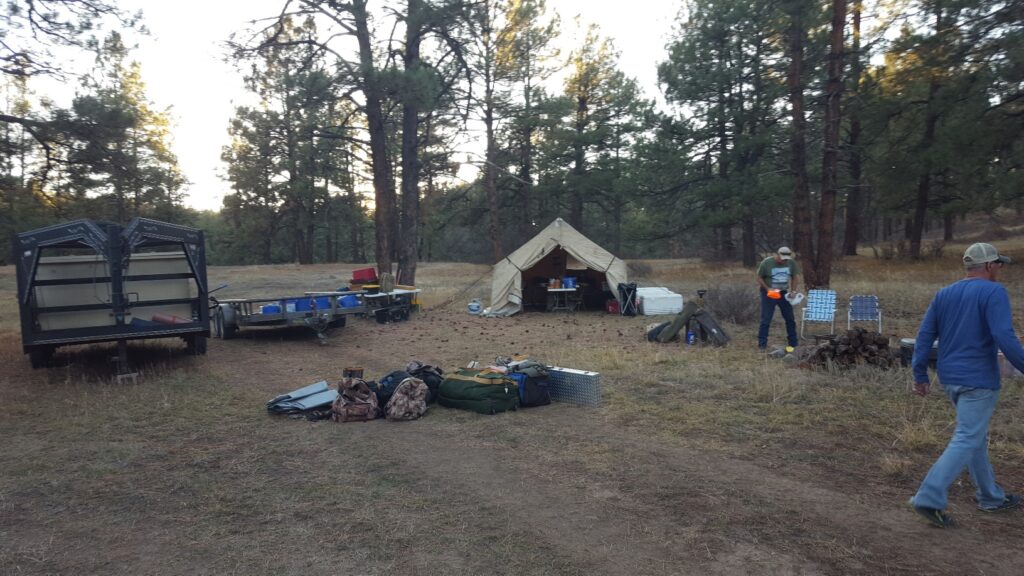
Ease of setup and accessibility features are important, but they must be balanced against longevity and value. That brings us to our final point: ensuring your investment pays off over the long run. Let’s explore how you can get the most out of your money by choosing a tent that combines durability with your budgetary constraints.
Budget Durability and Investing in Long-Term Adventure
To summarize, I can’t emphasize enough the importance of viewing a tent purchase as a long-term investment into your outdoor experiences. Skimping on quality to save a few dollars can lead to costly replacements and, worse, ruined trips.
Key Takeaways:
- It pays to invest in a tent that will withstand the test of time and the elements. When contemplating the price, remember that higher cost often reflects better materials, more robust construction, and thoughtful design—all of which contribute to a tent’s lifespan.
- It’s not just a shelter; it’s a companion on your adventures. Choose a brand renowned for its durability and customer service, and don’t forget—warranty matters. Tent care shouldn’t be an afterthought.
- Proper maintenance, including cleaning, drying, and storing your tent correctly, will greatly extend its service life. Before storing, check for damage and repair it to prevent surprises on your next excursion.
Reflect on these insights when you’re in the market for a new tent. It’s not just about the immediate comfort and protection it provides; it’s also about the countless memories it will house. Make your investment count, and here’s to many nights under the stars in your trusty outdoor haven.
As always, stay safe, enjoy the journey and please try to leave it cleaner than you found it. If you have any comments, questions, ideas, or suggestions please leave them in the comment section below and I’ll get back to you ASAP. You can follow us on YouTube: Man Art Creations for videos of our DIY Adventures.
Recent Articles:
- 9 Crossbow Maintenance And Care Tips
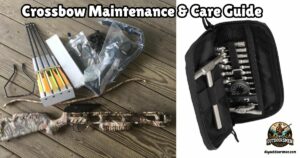
- Beginner-friendly Fly Selection Packs
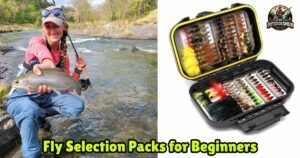
- Reviews And Comparisons Of Hunting Crossbows

- Budget-friendly Backpacking Fly Rod Combos
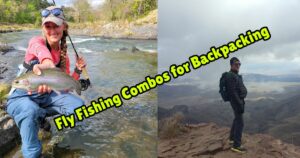
- 9 Crossbow Accessories And Gear For Hunting

- 5 Budget-friendly Fly Rod And Reel Starter Combos

P.S. – Thanks so much for checking out our blog we really appreciate it. Just so you know, we may receive a commission if you click on some of the links that appear on our site. This helps us keep our content free and up-to-date for everyone. We appreciate your support!
